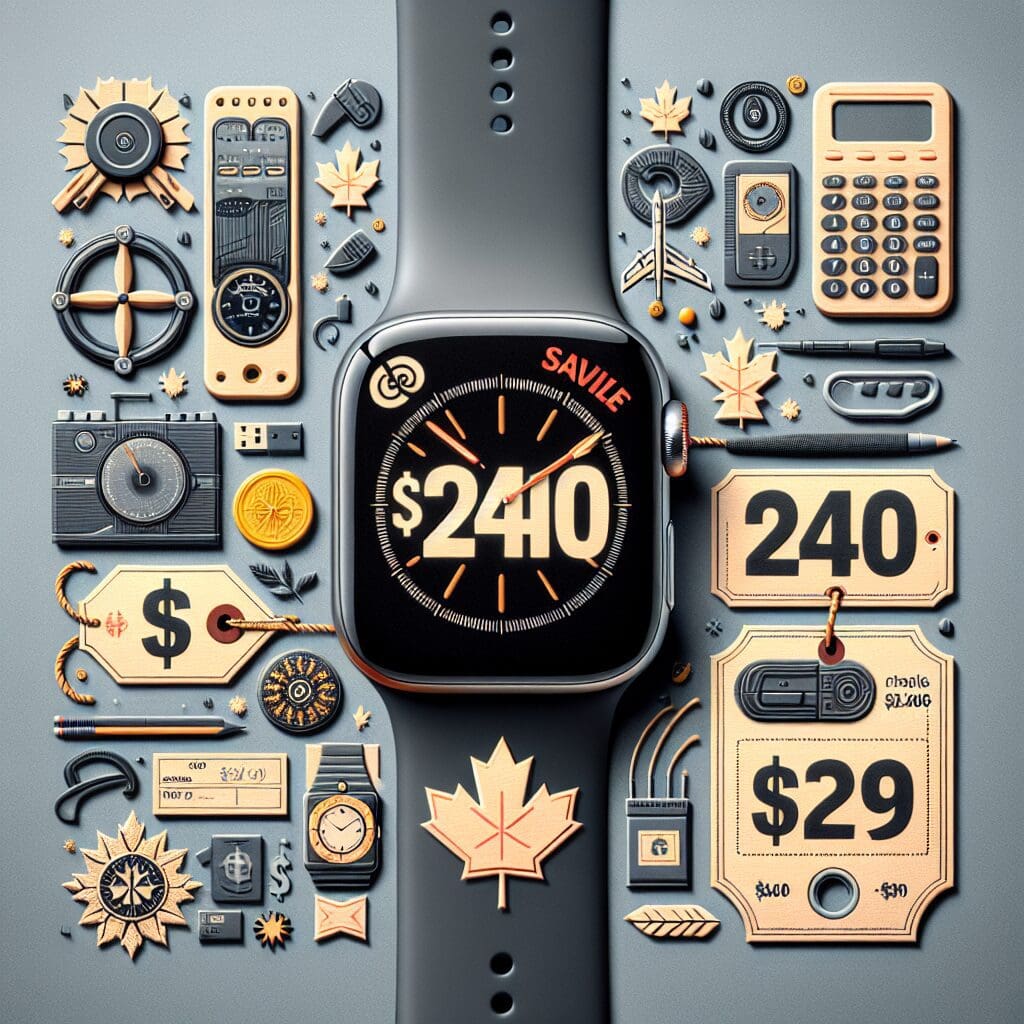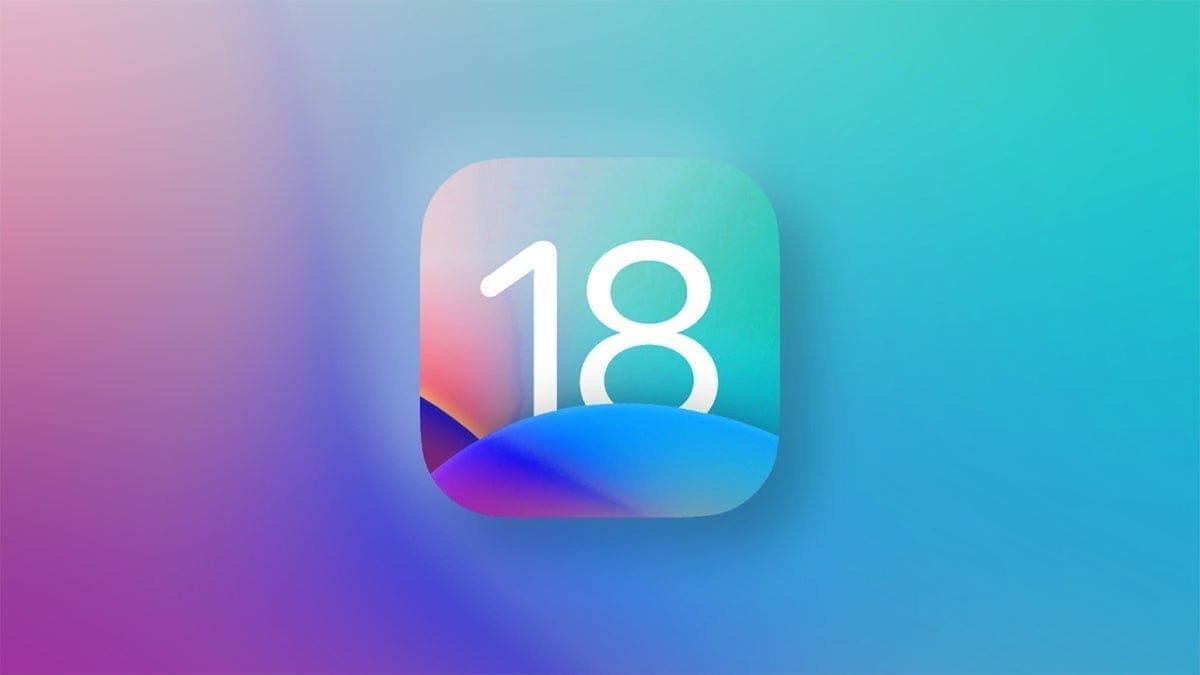Apple and Samsung are gearing up to launch new thinner phones, with the iPhone 17 Slim set to replace the Plus model next year and the Galaxy Z Fold 6 Ultra potentially arriving in October. This trend towards slimmer devices may spark a new wave of competition in the smartphone market.
Thin Phones: Design Marvels or Specs Laggards?
- Crafting thinner phones like the iPhone 17 Slim and Galaxy Z Fold 6 Ultra involves making compromises on hardware specs.
- While thin phones may be visually appealing, they often come with weaker components, reduced durability, and potential overheating issues due to limited space for top-tier hardware.
iPhone 17 Slim: A Strategic Move
- The iPhone 17 Slim is expected to feature a non-Pro Apple A-series processor, minimal RAM, and a single back camera with variable aperture.
- Priced higher than the iPhone 17 Pro Max, the iPhone 17 Slim aims to revitalize the declining sales of the Plus line by offering a standout feature for marketing.
Samsung Z Fold 6 Slim: Addressing Consumer Concerns
- Samsung’s pursuit of a thinner design for the Galaxy Z Fold 6 Ultra has led to challenges in balancing size, weight, and price for foldable phones.
- Despite efforts to create a sleeker device with improved durability, Samsung faced hurdles in meeting consumer expectations while maintaining a competitive edge against Chinese foldables.
Thinner Devices: Striking a Balance
- Both Apple and Samsung are navigating trade-offs between design aesthetics and performance capabilities in their quest for thinner smartphones.
- Thinner phones may offer visual appeal but could compromise on hardware specs, ergonomics, and durability compared to slightly thicker counterparts.
In conclusion, while slim phones like the iPhone 17 Slim and Galaxy Z Fold 6 Ultra may boast stylish designs, consumers should consider whether sacrificing performance and durability for a sleeker form factor aligns with their priorities. Stay tuned for further updates on these upcoming devices from Phones Canada.









